The latest in colour measuring devices
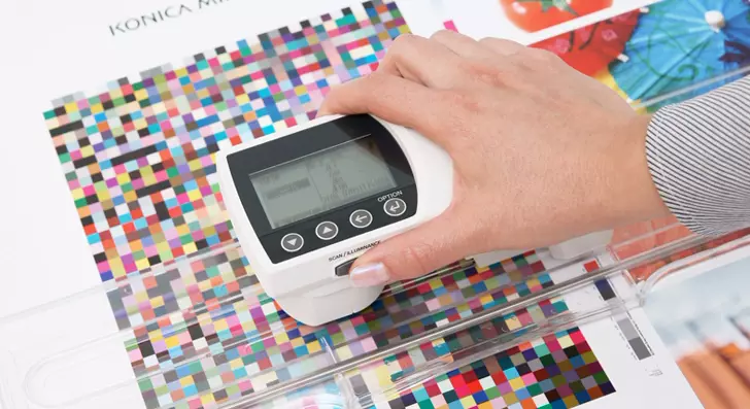
Paul Sherfield provides a new update on the newest colour measuring devices on the market.
All the devices below are designed to work to the latest graphic arts standards and specifications; D50, M), M1 and M2 measurements to conform to ISO13655-2017. Below are a list of smaller less expensive smart phone attached spectrophotometers. To determine the best and correct spectrophotometer for your business please refer to this article.
Tethered handheld spectrophotometers
These devices need to be connected to a computer and the associated software, as they work as a measurement device with no ‘on-board’ software.
X-Rite have dominated this area for many years with their iOnePro spectrophotometers, the latest being the iOnePro 3 series. This includes the iOnePro 3 Plus with a larger measuring aperture, 8mm, which X- Rite say makes it suitable for “highly textured paper, fabric, canvas, ceramic, and transparent materials”. This is predominantly targeted at the wide format sector.
As well using its own X-Rite software, it is also supported by a wide range of 3rd party colour management developers and digital front ends, such as Fiery, ColorLogic, Alwan, Caldera, Print Factory and many others.

In 2018, Konica Minolta launched the Myiro 1 in direct competition to the iOnePro from X-Rite. Its basic software package, Myrio Tools, is a little more comprehensive then the iOnePro Basic, including a colour profiling solution. It is now also supported by many 3rd party colour management solution and digital front end vendors. Myrio is now a separate ‘brand’ within the Konica Minolta family.

Independent handhelp spectrophotometers
These spectrophotometers all have software and measurement functions bult into the spectrophotometer so can be used without the need to be connected to a computer. They can also connect to other software on a computer via USB or Wi-Fi. X-Rite have the latest eXact 2, available in 3 models, see this link for details:

Techkon have the SpectroDens, which offers very similar functions to the X-Rite eXact models. It is available in three models, Basic, Advanced and Premium, see link below for details:
Konica Minolta has two spectrophotometers available in this area, the FD5 and the FD7 which look very similar, with the FD9 offering more advanced options.

Barbieri have a different approach to this area with their Spectropad DOC
.jpg?lang=en-GB)
Scanning spectrophotometers
These devices automate and speed up the area of scanning colour patches for producing ICC colour profiles. They are the relatively expense when compared to the spectrophotometers above in this article.
X-Rite have their i1iSis 2 scanning spectrophotometer, Konica Minolta have the Myrio 9, (formally called the KM FD9).


Barbieri must be featured here as they are firmly focused on the wild format and textile areas. They have their Spectro LFP qb and Spectro LFP qb textile edition device. These have the added advantage of a reading head that can be detached and used as a handheld device. They also have the Spectro Swing scanning spectrophotometer which serves a similar purpose as the X-Rite and Konica Minolta scanning devices.


In addition, X-Rite have the i1iO table which automates the scanning function of an iOne Pro 3 spectrophotometer.

Konica Minolta have a similar device which automates their FD 5 and 7 devices called ColorScout A3+

RICOH Auto Color Adjustor

This new and the first colour management device from Ricoh is possibly the fastest spectrophotometer on the market, Ricoh state:
“The RICOH Auto Color Adjuster combines Ricoh's advanced optical and digital technologies to adjust colors automatically. Simply place the printed chart in the tray and Ricoh spectral color imagery technology quickly scans the entire chart. An ICC profile is automatically generated, and colors are efficiently adjusted for multiple printers.”
This is an interesting and high-end device which is designed to connect to several digital printing devices, offering process control validation, automated device profile creation and loading to the correct print queue and matching a previous printed copy by creating a simulation profile by scanning the printed copy.
At present it connects the cut sheet toner digital presses via a Fiery digital front end but one would surmise in the future, it would be available to other digital presses and DFE’s including the wide format area, where it would be very effect in creating device profiles for a fleet of wide format inkjet presses.
It is currently available in Europe, Japan and the USA.
Small, cheap devices using smart phones
As stated in the previous piece on this area, there have been several small, very inexpensive, spectrophotometers released over the past couple years that work via smart phone apps. They will measure colours and give an CIE Lab reading of some form.
It would seem that many are aimed at the prosumer photographer and retail colour markets such as paints and cosmetics, rather than the high-end graphic arts areas. To discover how Fogra are evaluating these type of devices read this article.
3 can be seen below including ColorReader from Data colour, Spectro 1 Pro and Nix Color Sensor.
.jpg?lang=en-GB)
The question is, are these types of instruments suitable for use in the graphic arts areas?
Issues To Consider
The number of issues to consider remain as before:
- Are they a ‘real’ spectrophotometer, or a colorimeter with limited functions?
- Do they measure in the D50, 2 degrees modes needed for graphic arts?
- The need for M0, M1, M2 and M3 measurements
- What is their repeatably over reading and time?
- What is the inter-instrument agreement with other devices in use?
- Can they be recalibrated?
- How/if can they be integrated with other systems and software’s?
It is often difficult to find any of this information from the device’s web sites. Variable have stated that their ‘top end’ Spectro 1 Pro does not conform to M1 reading specifications.
Nix have confirmed that the Nix Spectro does conform to the M0, M1 etc specifications, It also does integrate with some graphic arts colour management and process control software’s.The latest in colour measuring devices
Paul Sherfield provides a new update on the newest colour measuring devices on the market.
All the devices below are designed to work to the latest graphic arts standards and specifications; D50, M), M1 and M2 measurements to conform to ISO13655-2017. Below are a list of smaller less expensive smart phone attached spectrophotometers. To determine the best and correct spectrophotometer for your business please refer to this article
Topics
Interested in joining our community?
Enquire today about joining your local FESPA Association or FESPA Direct
Recent news
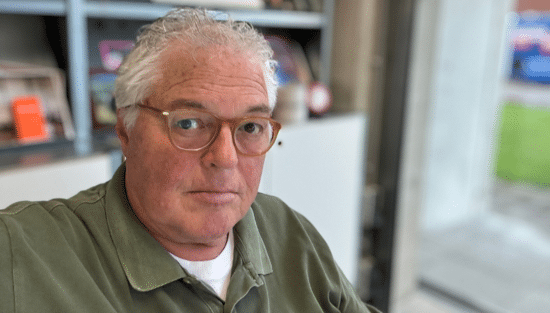
The importance of Personalisation in Direct Mail - The Power of Print
Jeroen van Druenen, CCO of Jubels discusses how personalised direct mail, especially print, boosts engagement and ROI by tailoring content to individual recipients. Using variable data printing (VDP), marketers create unique designs and offers, enhancing relevance and fostering stronger customer relationships. Physical mail's tangibility and lasting impact further amplify personalisation's effectiveness.
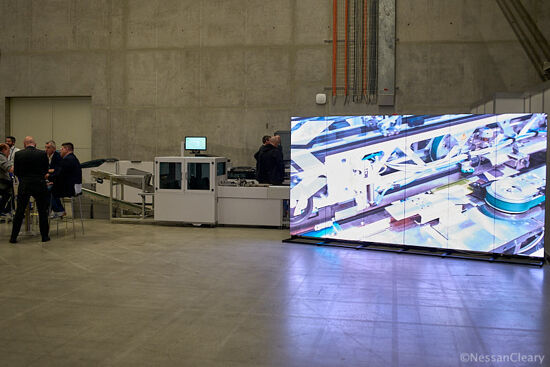
What are the current trends for digital screens?
Digital screens are evolving rapidly, moving beyond simple signage. MicroLED technology improves resolution and efficiency, while 3D and AR displays offer immersive experiences. AI is transforming content creation and analytics, personalising interactions and optimising screen placement. Larger, wall-sized screens and temporary rentals at events are becoming more common. As screens become ubiquitous, innovation focuses on eye-catching solutions to maintain audience engagement.
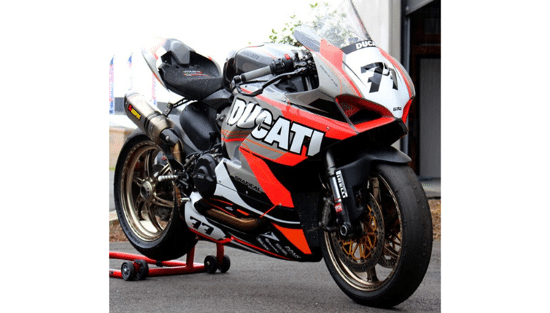
Hints and tips for vehicle wrapping success
While rising demand for vehicle wrapping is good news for the industry, this is placing more pressure on companies to deliver quality work at a solid pace. Here, Rob Fletcher picks up some tips from several experts in this sector to help wrappers operate smoothly.
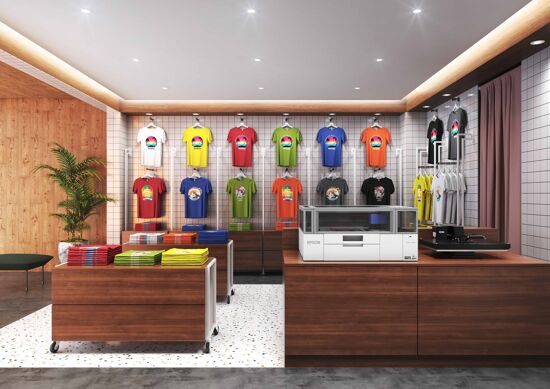
What are the opportunities in Personalisation for Sportwear and Signage?
Rob Fletcher discusses the growing importance of personalisation and digital innovation across sectors. Major brands use personalised print to engage customers and boost sales. Personalised sportswear demand is increasing, and companies like Eurojersey embrace sustainable manufacturing and digital transformation.